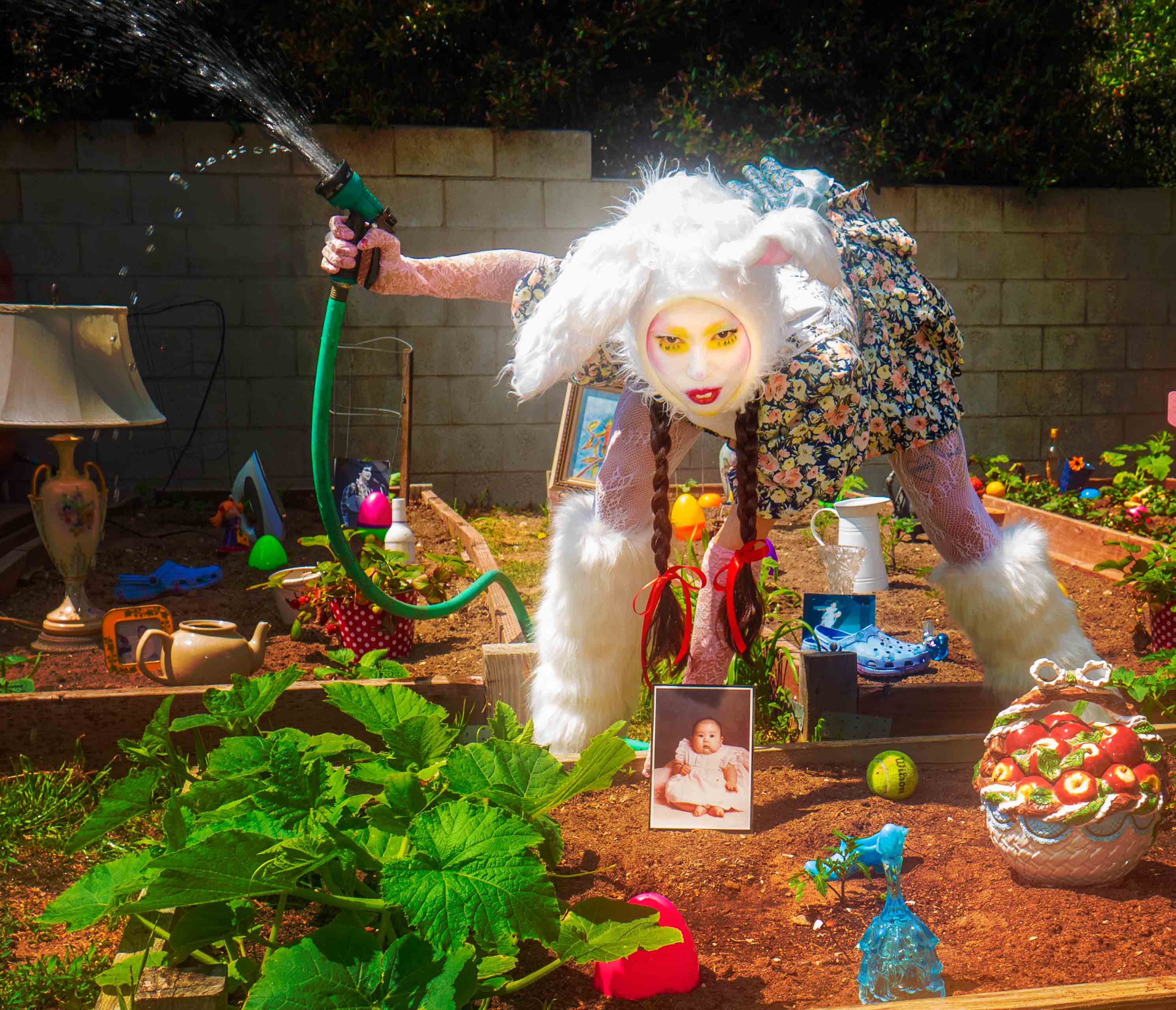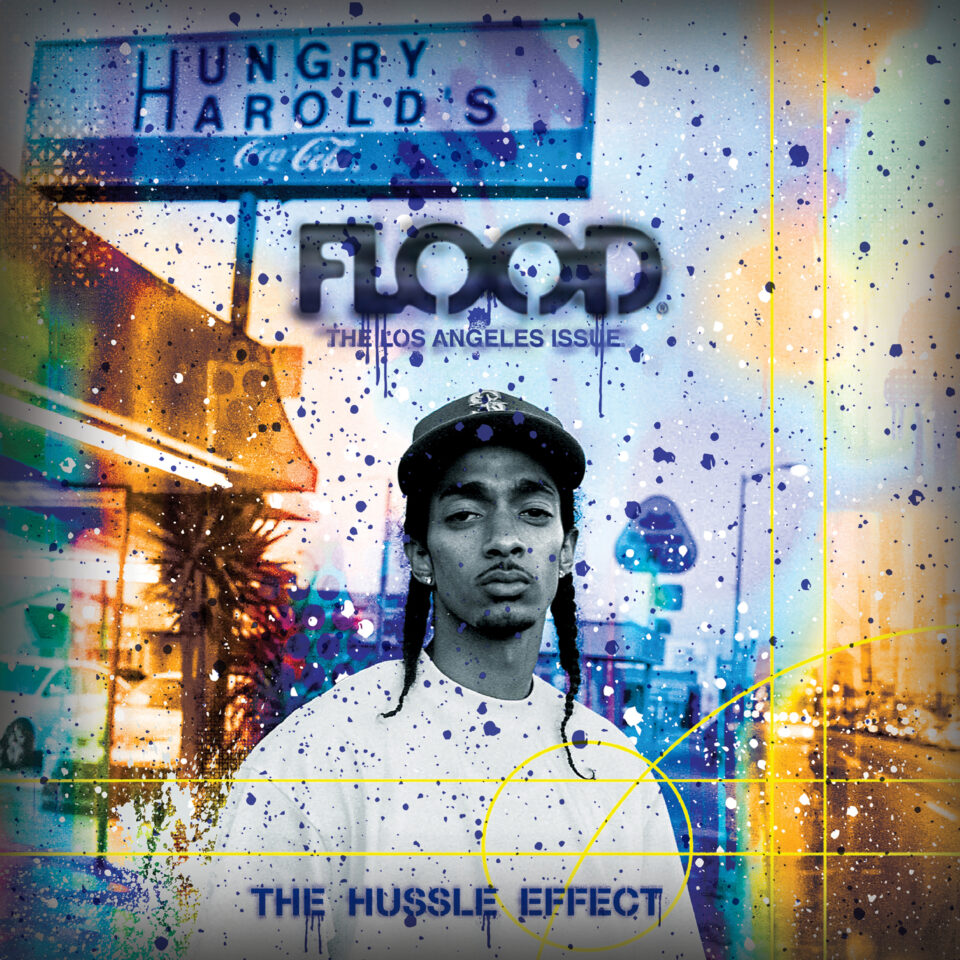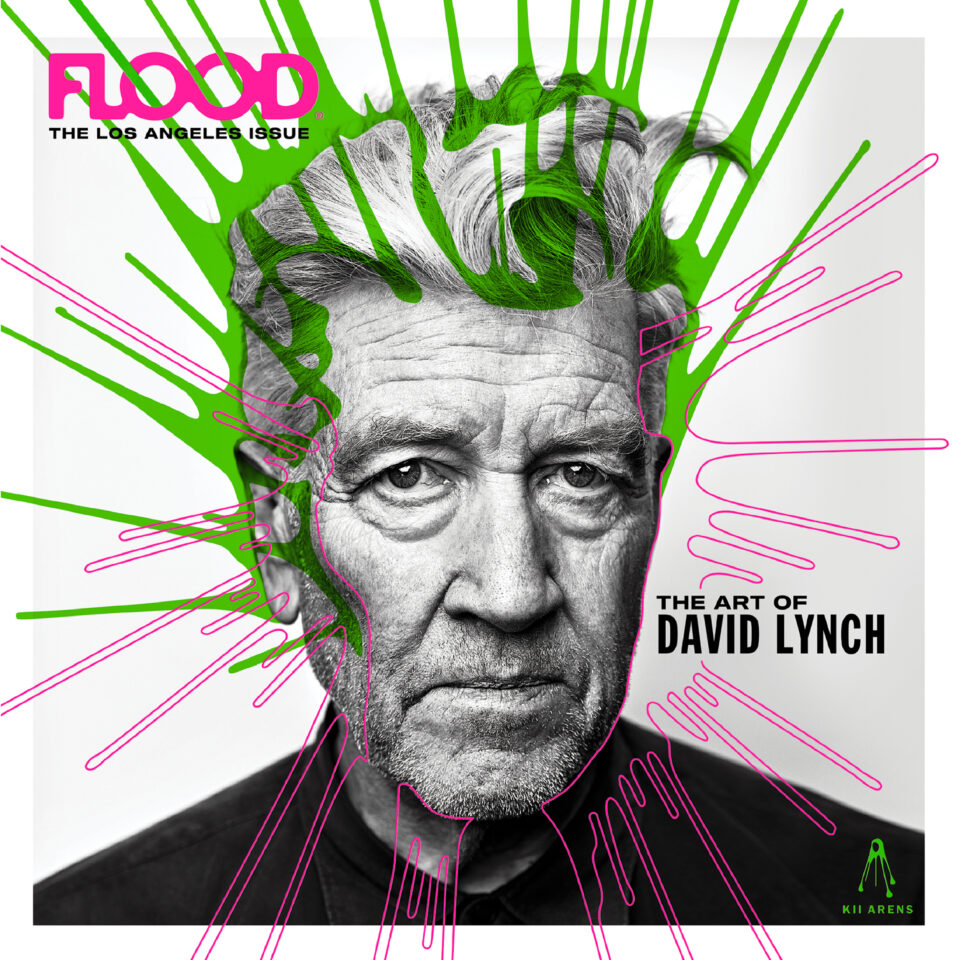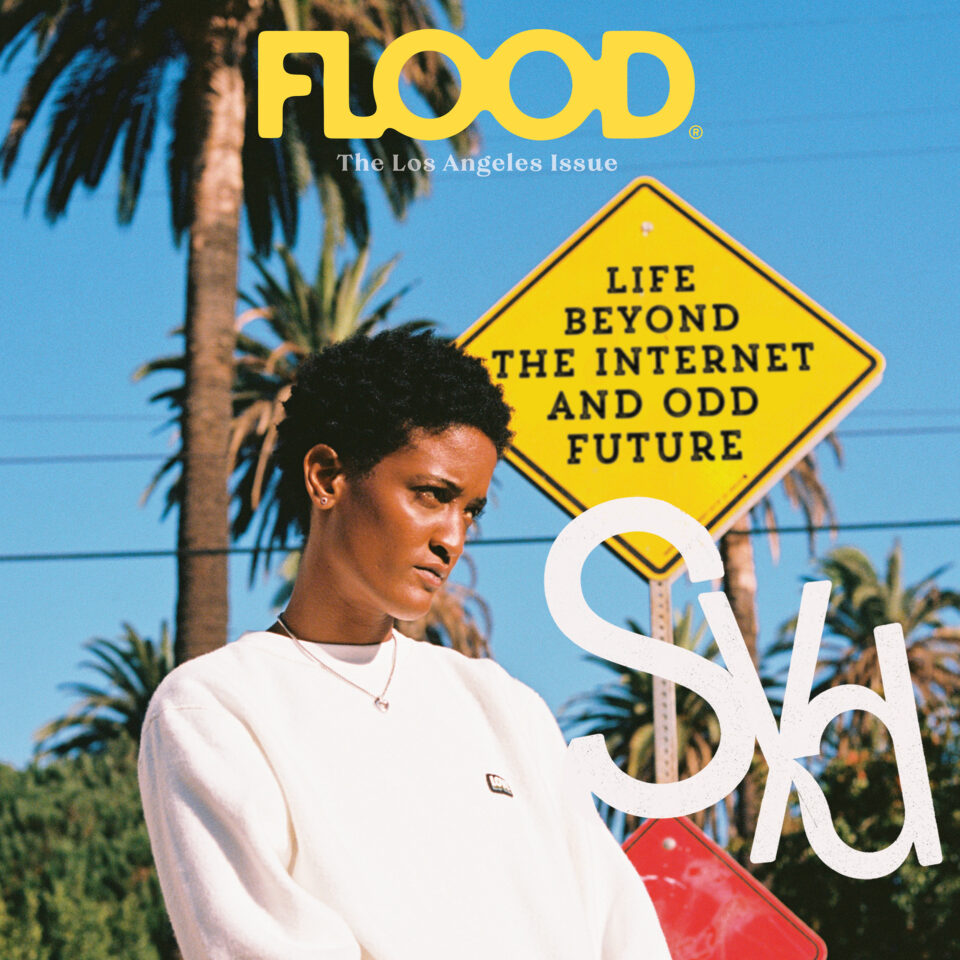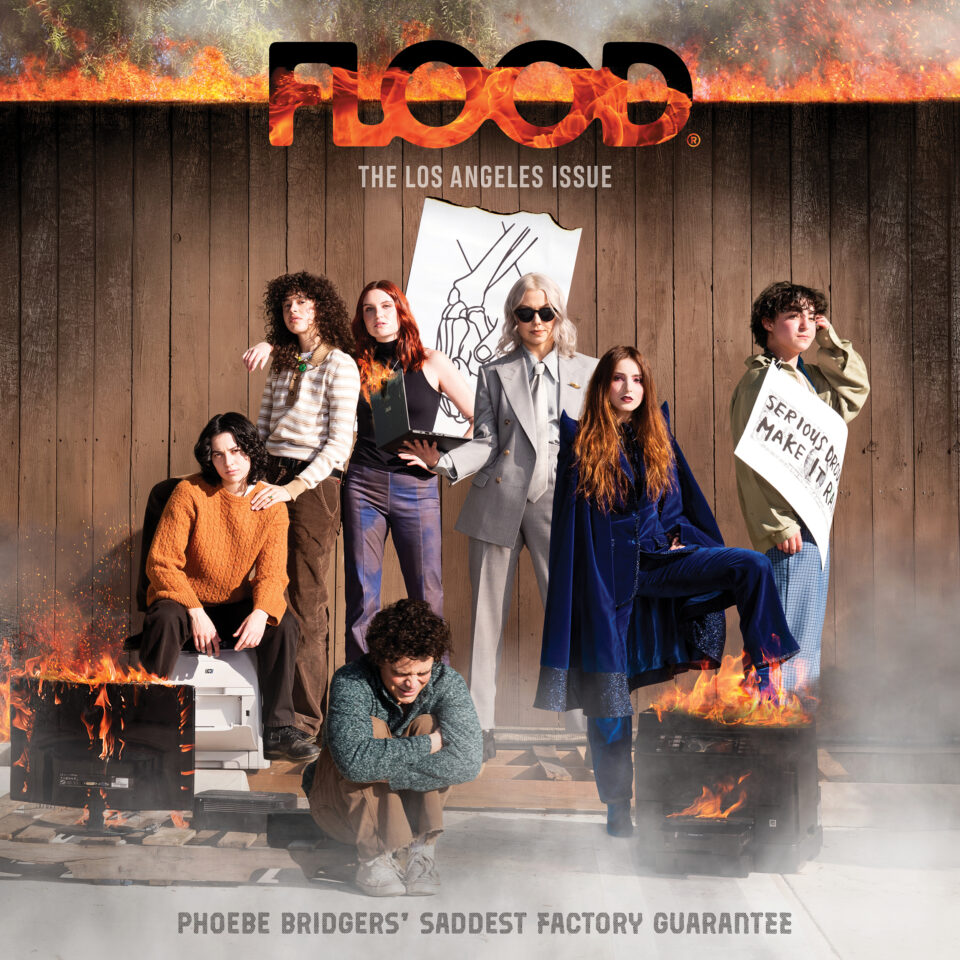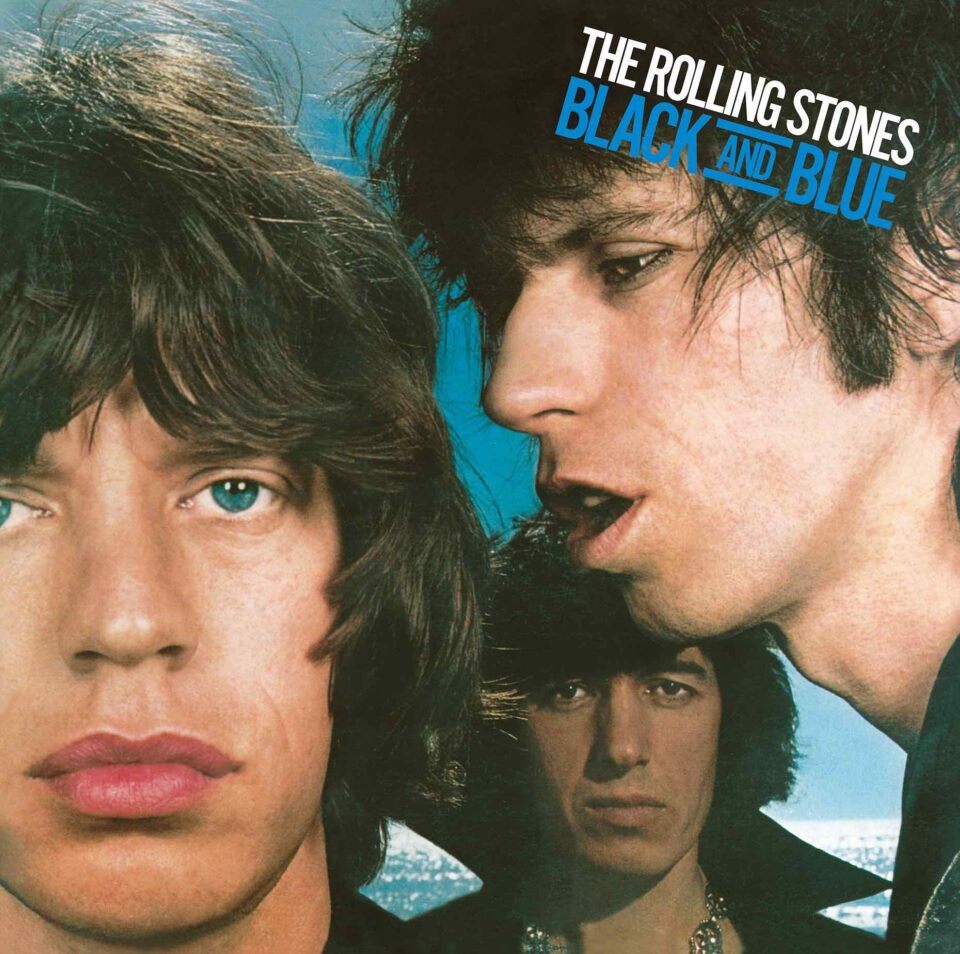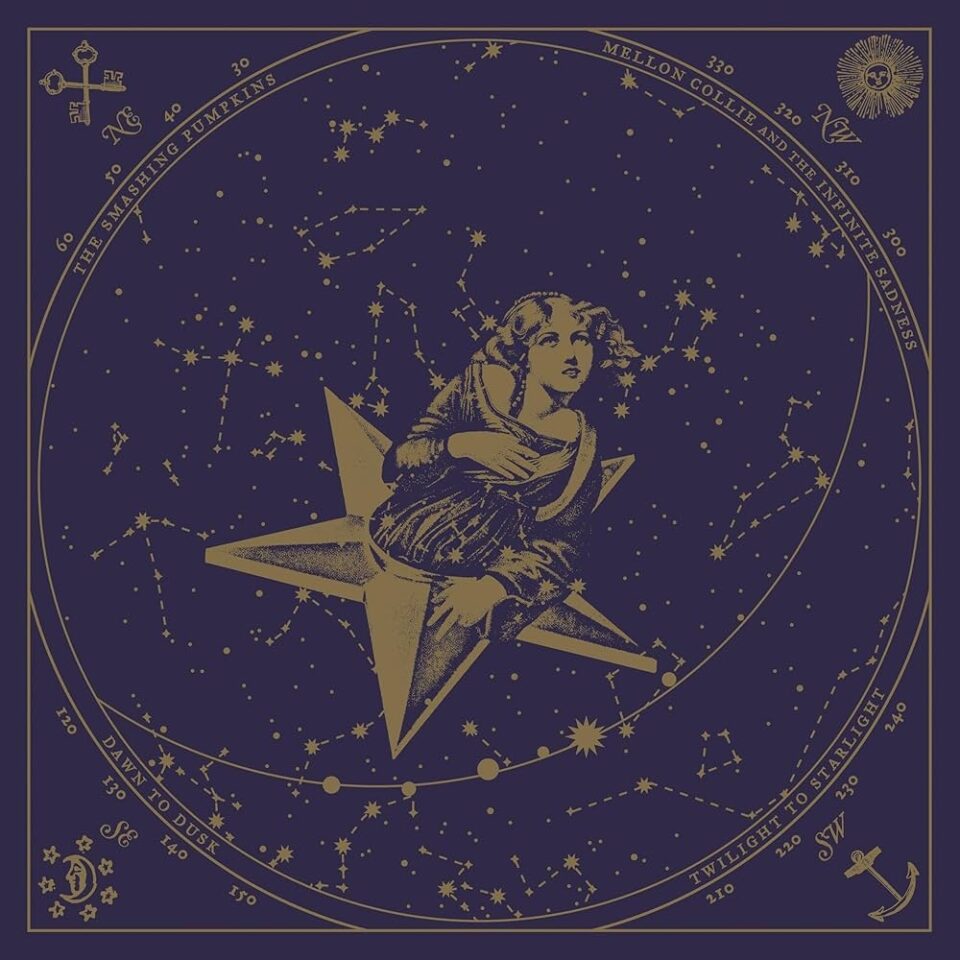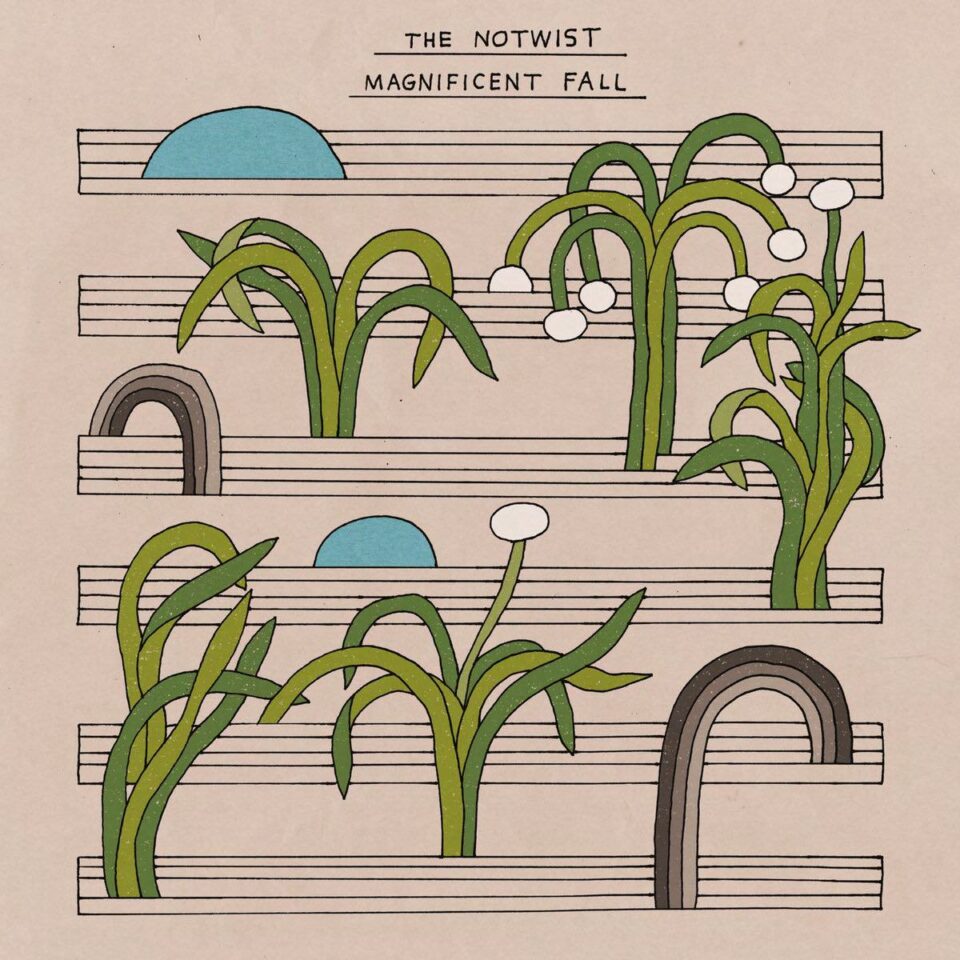Sasami Ashworth strides onto the Lodge Room stage brandishing her French horn like a weapon, dressed in what could pass for a Pussycat Doll’s wedding dress. Her entrance sets the tone for a maximalist hometown kickoff of the North American leg of her Blood on the Silver Screen tour. The set leans heavily on the new album’s punchy pop songs, with a couple from her 2019 eponymous shoegaze debut and 2022’s jagged, metal-forward Squeeze. She leaves everything on the stage—and the crowd is with her at every step. When she plays the French horn before the final song, “Nothing but a Sad Face,” it’s hard not to feel ready to follow her anywhere.
The next day, the artist who performs mononymously as SASAMI meets me at a coffee house near her parents’ house. Her face is bare, eyebrows bleached, hair loosely pulled back. A white Fleetwood Mac T-shirt peeks out from beneath a patch-covered green bomber. She has relocated to Northern California in search of a slower pace and more time for her growing interest in mycology, but when she’s back in Los Angeles she enjoys the anonymity of this neighborhood, which she jokingly calls “the Wisconsin of the West Coast.” “When you’re with your parents, you revert a little bit to the teenage version of yourself,” she says. “My mom cooks Korean food for me, [but] the downside is I have to share a truck with my dad.”

While the serpentine demon head on Squeeze’s cover scared me a bit at the time of its release, the overt sexuality of Blood on the Silver Screen is also intimidating in its own way. But all that vanishes the moment those albums’ creator walks into the coffee house. Sasami left a strong positive impression when we first met six years ago, and now she seems more grounded than ever. “Everything I do is like performance art,” she says. “When I first started making music, I never thought I’d be a frontperson. I grew up in the symphony as one of 60 people. Being a pop star was never part of my ego journey. But I have to follow what’s exciting to me.”
“I grew up in the symphony as one of 60 people. Being a pop star was never part of my ego journey. But I have to follow what’s exciting to me.”
Prior to making her own albums, Sasami—who is classically trained in the French horn—was part of Cherry Glazerr’s touring band. She had production ideas she wanted to try, and was curious about how the studio worked. Her resultant debut album was quiet and vulnerable. Squeeze’s aggression is a response to that. The turning point came at a Barishi show at DTLA’s Five Star Bar which took place the night before she was to leave for a songwriting retreat aimed at channeling Sheryl Crow. Watching the sludge-metal band tear through a set for 20 people like it was a stadium show reoriented her approach.
“When I was making Squeeze, I felt that people with similar life experience to me—indie, Asian, queer, nerd kids—could relate to it even if they’ve never been to a metal show,” she says. “I feel there’s rage within us and there’s certain genres that tap into certain emotional palettes. Metal has this very angry, but also powerful boss energy to it. Everyone has all those emotions. Some of us naturally go to them or societally feel entitled to them. But I think a lot of oppressed people relate to the sounds of metal, more than the privileged white dudes that make it. That's why I co-opted some metal sounds. I think the kids at my shows could relate to these sounds more than they think.”
But touring Squeeze took a toll. “I was screaming like I was being murdered every night, which you’re not supposed to do—you’re only supposed to scream the one time you’re being murdered,” she says. Her impulse afterwards was to make something positive and fun. “I’m always selfishly following what I want to do and not necessarily what people expect from me,” she says. “I have a self-centered approach and trust what I want to do—but it is a gamble.”
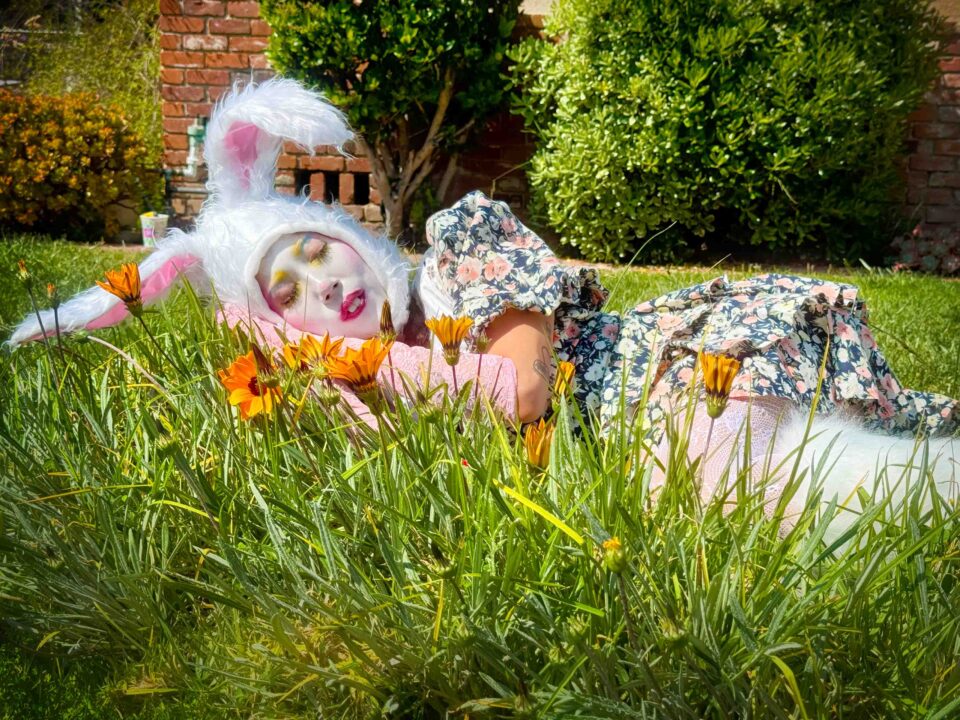
“I’m always selfishly following what I want to do and not necessarily what people expect from me. I have a self-centered approach and trust what I want to do—but it is a gamble.”
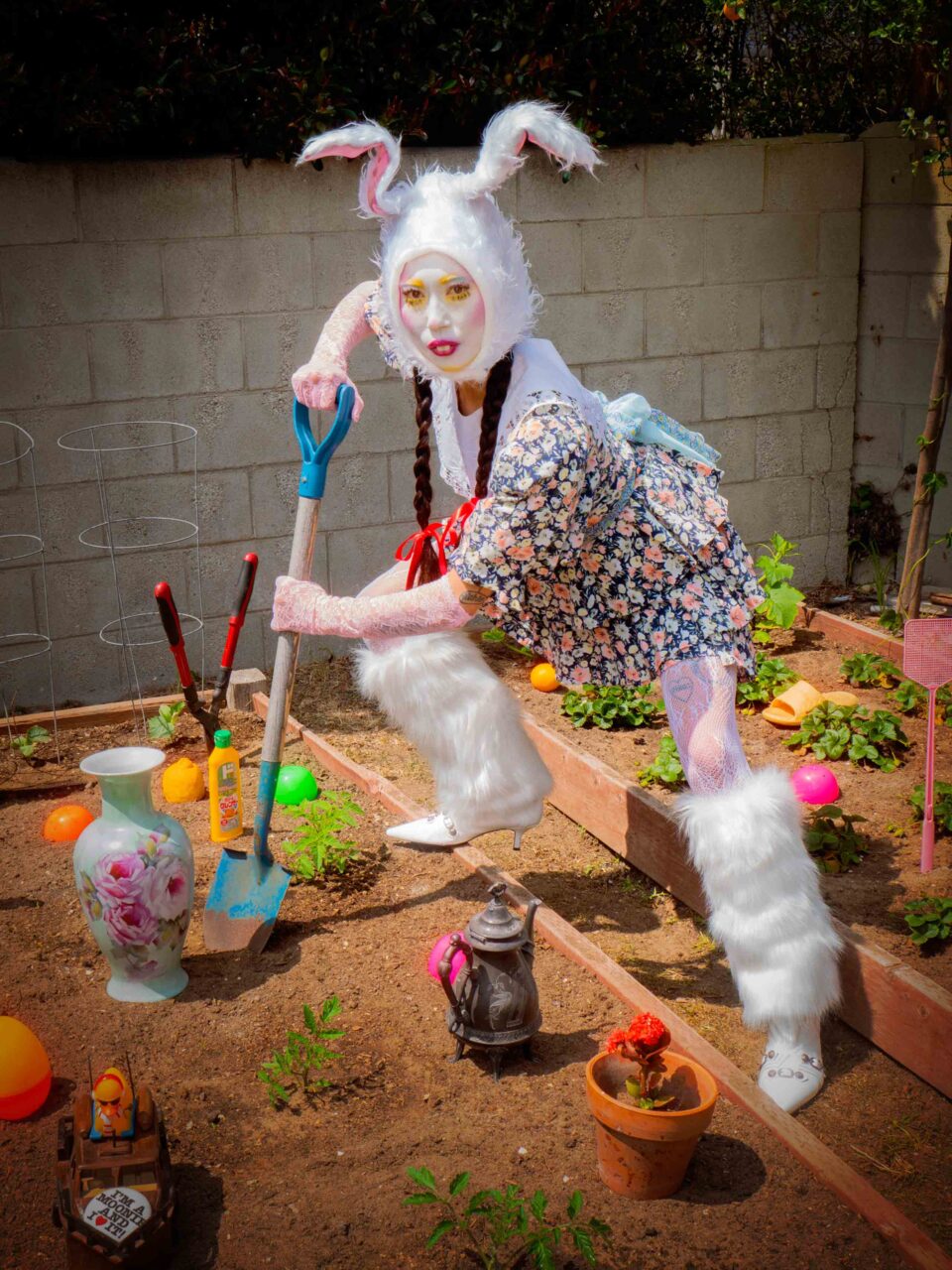
From what I witnessed of Sasami’s fans at the Lodge Room, I get the impression that any creative decision she makes is a safe bet with them. But I notice she never refers to them as “her fans,” a phrase pop stars love to use. “It makes me uncomfortable thinking about fans as opposed to audience or crowd,” she says. “It’s not authentic to my practice. I think about myself as a craft person who’s performing to an audience, not a social media identity who has a fanbase that comes to my shows.”
Still, the energy at her shows mirrors stadium-level devotion. At the Lodge Room, I watched one young woman act out the set with a full dance routine. It was fascinating to observe, particularly as Sasami says that growing up, pop music wasn’t a reflection of her identity at all. “There’s something about pop music that makes you feel very ‘main character,’” she says when I tell her about the young woman. “That person was feeling main character energy, even in a room full of hundreds of people and someone with a wireless mic on stage. She was like, ‘I’m the main character right now.’ I love that about pop music. It’s what I find interesting about the language of pop music. That’s why I wanted to understand the craft.”
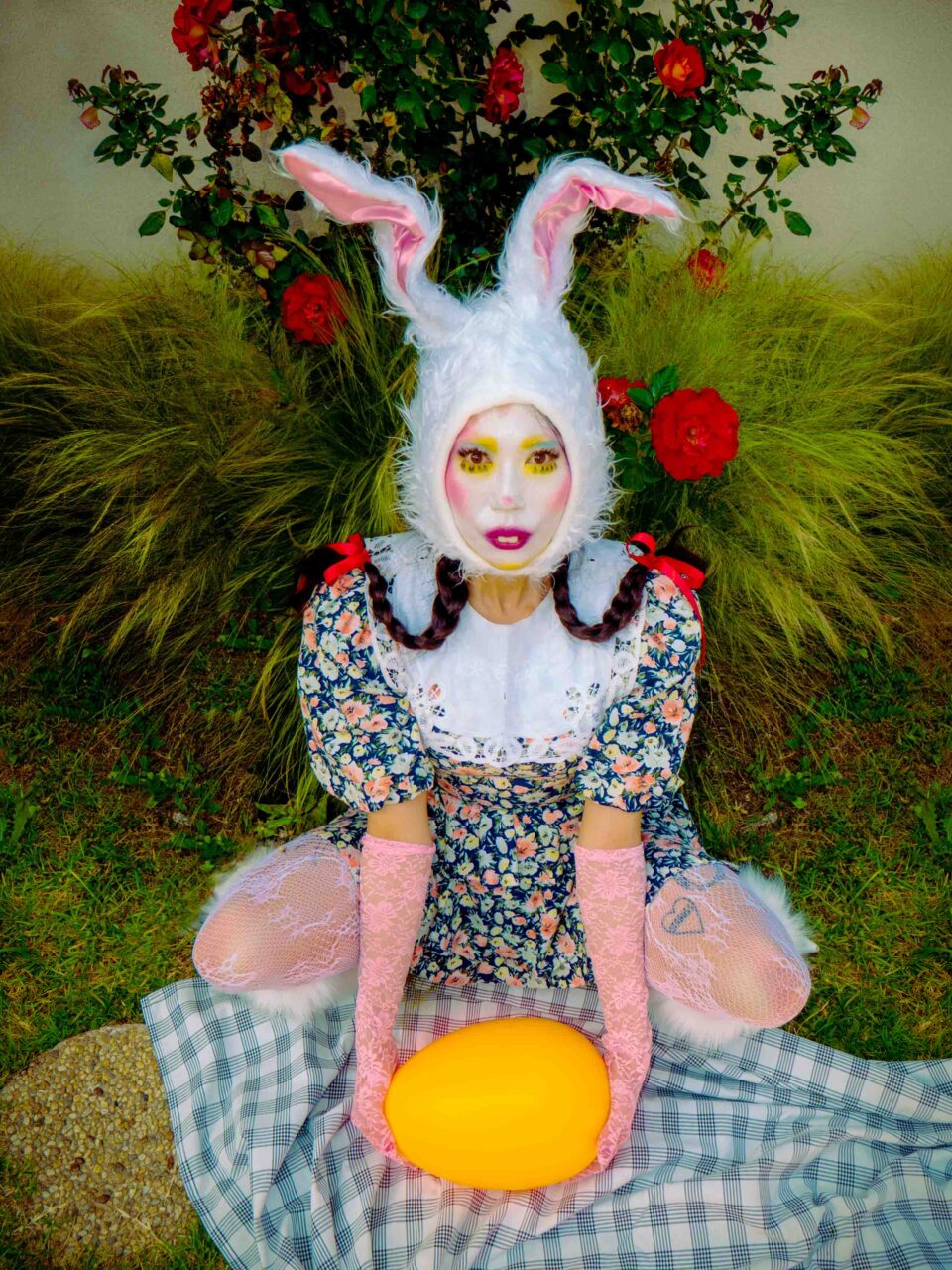
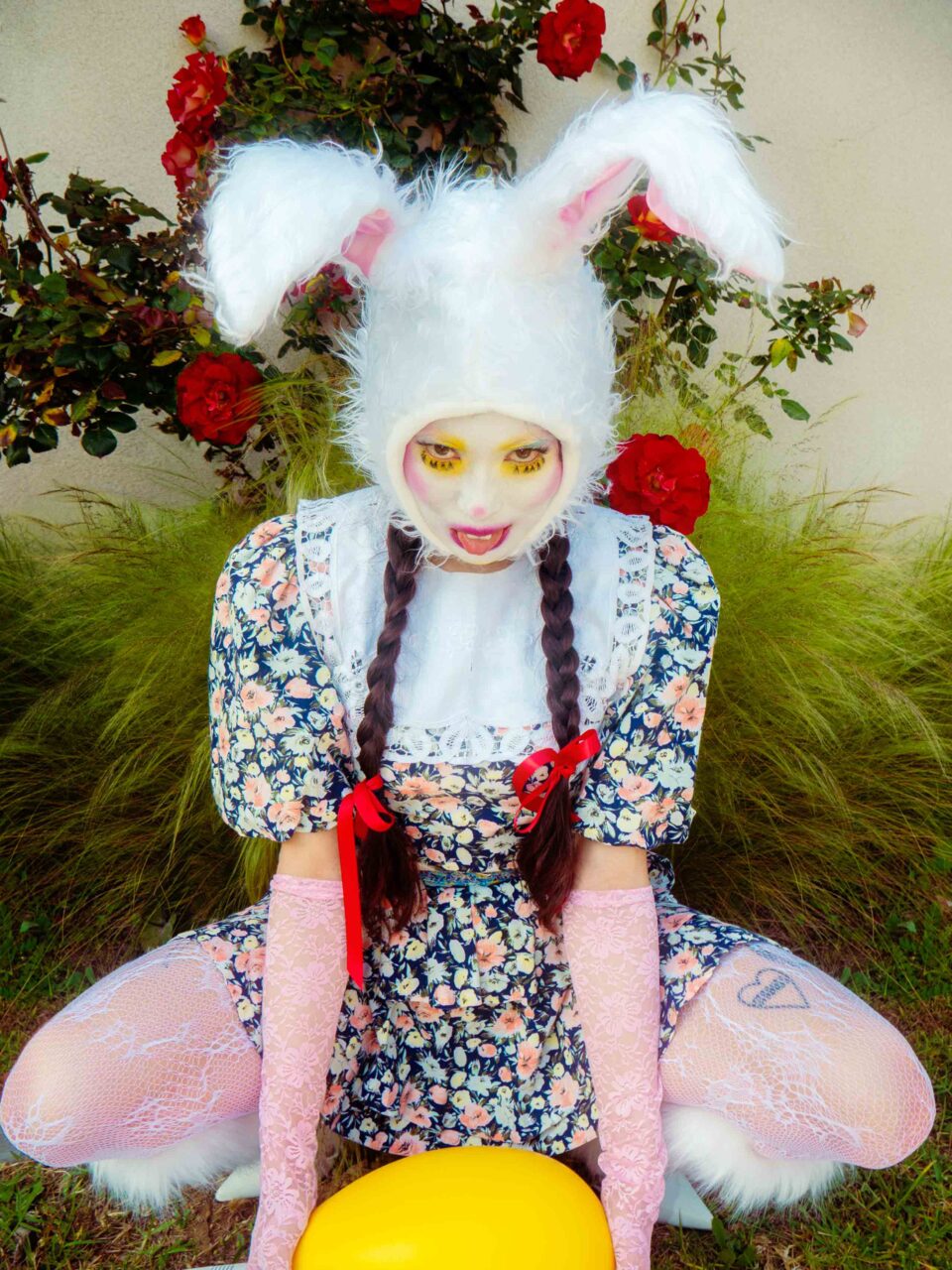
“There’s something about pop music that makes you feel very ‘main character’... It’s what I find interesting about the language of pop music. That’s why I wanted to understand the craft.”
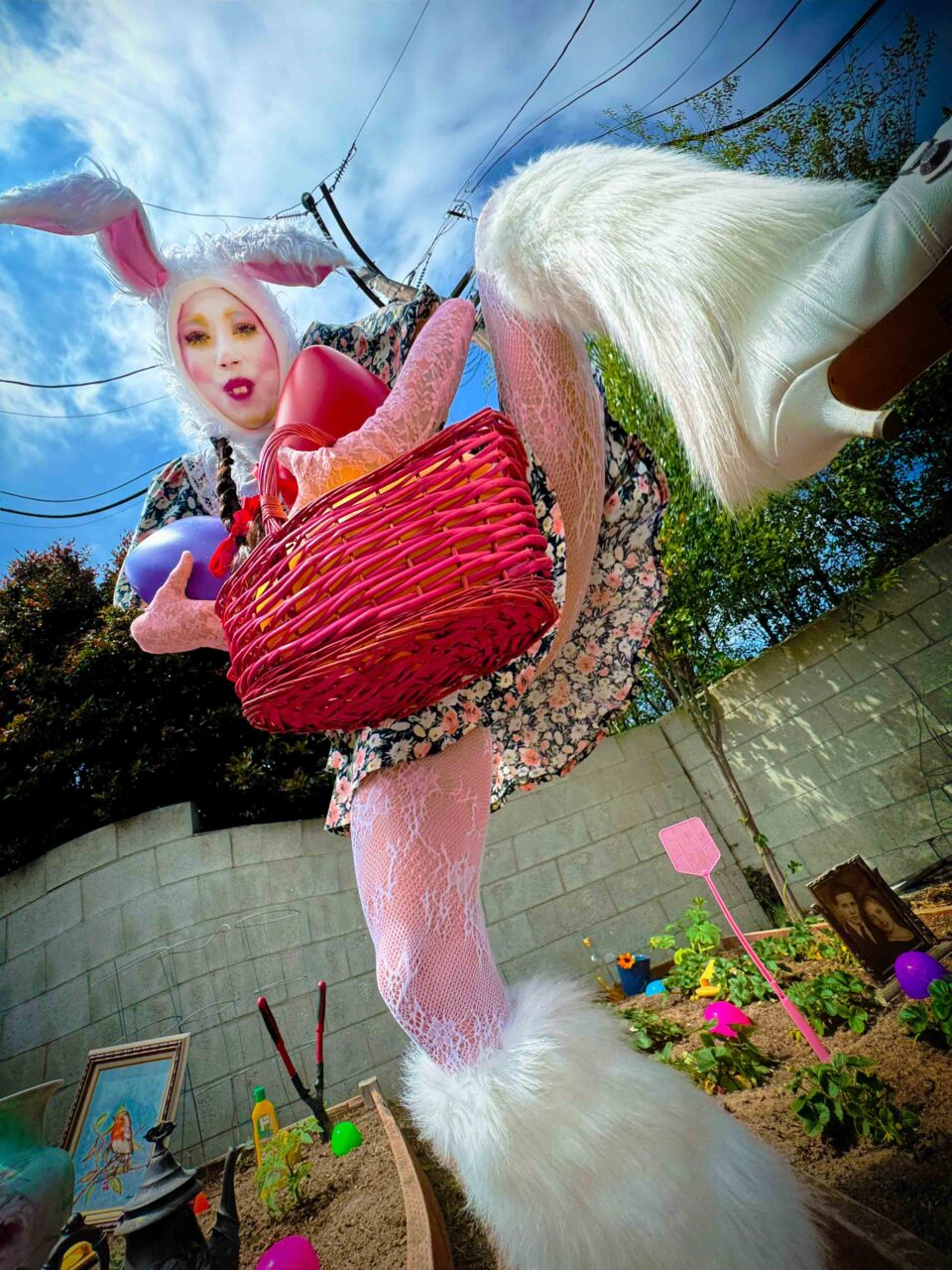
While writing Blood on the Silver Screen, Sasami focused on the sonic aspect of pop, separating it from other associated elements—namely, “the problematic mainstream, white-supremacist, fatphobic aesthetic with impractical beauty standards that don’t necessarily reflect me, which are embedded in this culture that I find to be really toxic.” Instead, Sasami says she wanted to “dissertate deeper. There’s something musical, compositional about pop music that makes you feel embodied. Remove all the visual, cultural elements about pop music and there’s something within humans that relates to the language of the music in a non-understandable way. That’s what I was searching for.”
GRAMMY winners Jennifer Decilveo (Miley Cyrus, MARINA, Hozier) and Rostam (Vampire Weekend, HAIM) claim producer credits on Blood on the Silver Screen, but the songwriting is all by Sasami. She clarifies that this is not the album where she connected with pop songwriters so she could “finally make a hit.” On the contrary, she’s interested in writing for other artists, and this album is a way for her to show she’s capable of writing a pop song. She immersed herself in pop music of the 2000s, from Britney Spears to Lady Gaga, and bypassed anything contemporary. “There’s still this counterculture, punk side of me that if people are doing something, it makes me not want to do it,” she says. “I'm always a little bit before or after things. It feels cringy to me to be too contemporary.”
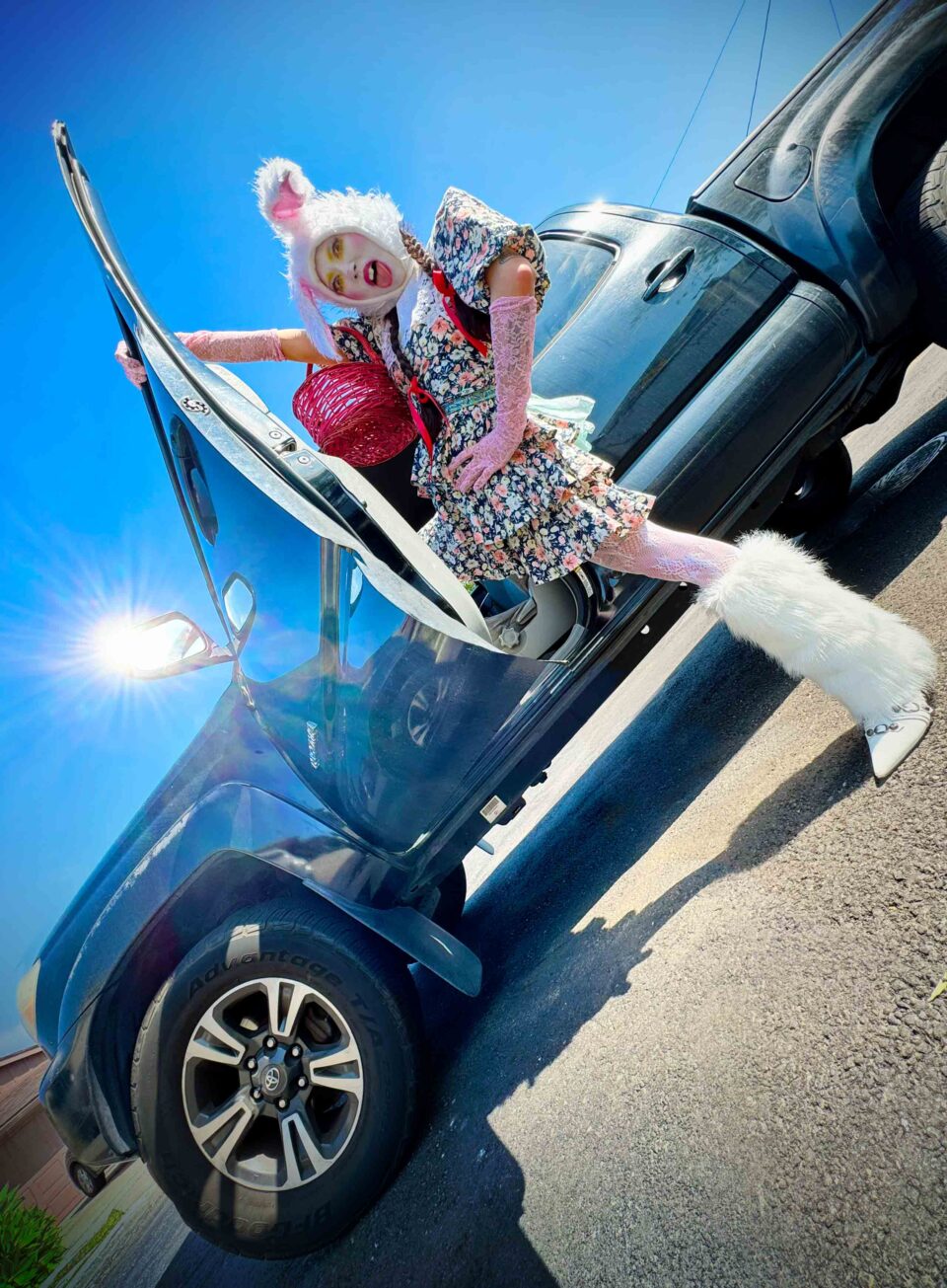
Sasami leaned into love songs, but with her sad-girl tendencies and fantastic vocal range—which mirrors that of her brass instrument, in many ways. Even at her most pop-leaning, it’s still niche. “Believe it or not, this is me trying to write less sad, dark songs, but I’m just a sad, hopeless romantic,” she says. “Love is as bright as it is dark, and it’s as dark as it is bright. Something that takes such a big space in your heart, if you take it away, it leaves a very big hole. The pain is more similar than the euphoria. Love is like blowing a balloon into your heart. The heartbreak is popping the balloon. A big part of the songwriting practice on this album was for me to be less shy about being colloquial in my lyrical writing. In the past, I hid my vulnerability in ambiguity.”
She credits Rostam with pushing her to be more lyrically melodramatic—although it was difficult for her to release her hold on the production. “This is why it’s great to work with gay people: they’re not afraid to be campy and traumatic,” she says. “Rostam was like, ‘You don’t have to just say, We’ll say goodnight and go our separate ways.’ He was like, ‘Don’t be afraid to say, We’ll go for one more drive and even if we die, that’s alright. Go there.’ I was trying to tap into that part of me, but I feel like I still have a lot to learn and a lot to improve. That’s the downside of being adamant about doing everything by myself.”
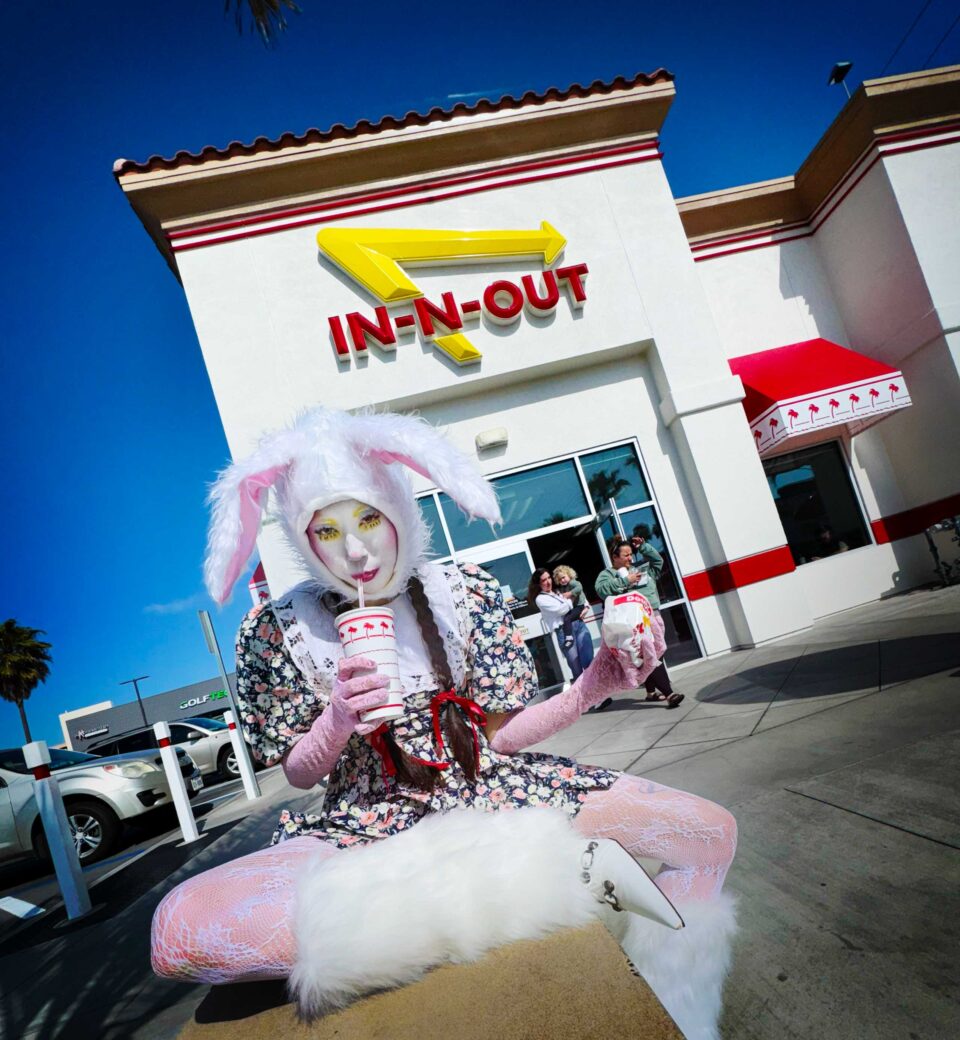
By the time Decilveo entered the picture, Sasami was ready for the producer, whom she’d prematurely tried to work with a few years ago. “She’s like a runaway train: You get on the fucking train, or you get run over by the train,” she’d realized. “She’s such an insanely talented genius; it took me developing the skill set to be able to keep up with her.” Sasami likens working with Decilveo to being in the lab with a mad scientist. This was a sharp contrast to her usual role directing her music collaborators (primarily instrumentalists) in what parts to play.
Collaborations are a big part of Sasami’s creative output. This includes the visual aesthetic shaped around Blood on the Silver Screen, for which she worked with Andrew Thomas Huang (Björk, FKA twigs). A worldbuilder, storyteller, and director, Huang also worked on the visual concept for Squeeze. The lore around the album draws from Americana, action movies, and cinematic histrionics. These tie in with the “main character” energy of the songs Rostam helped unlock.
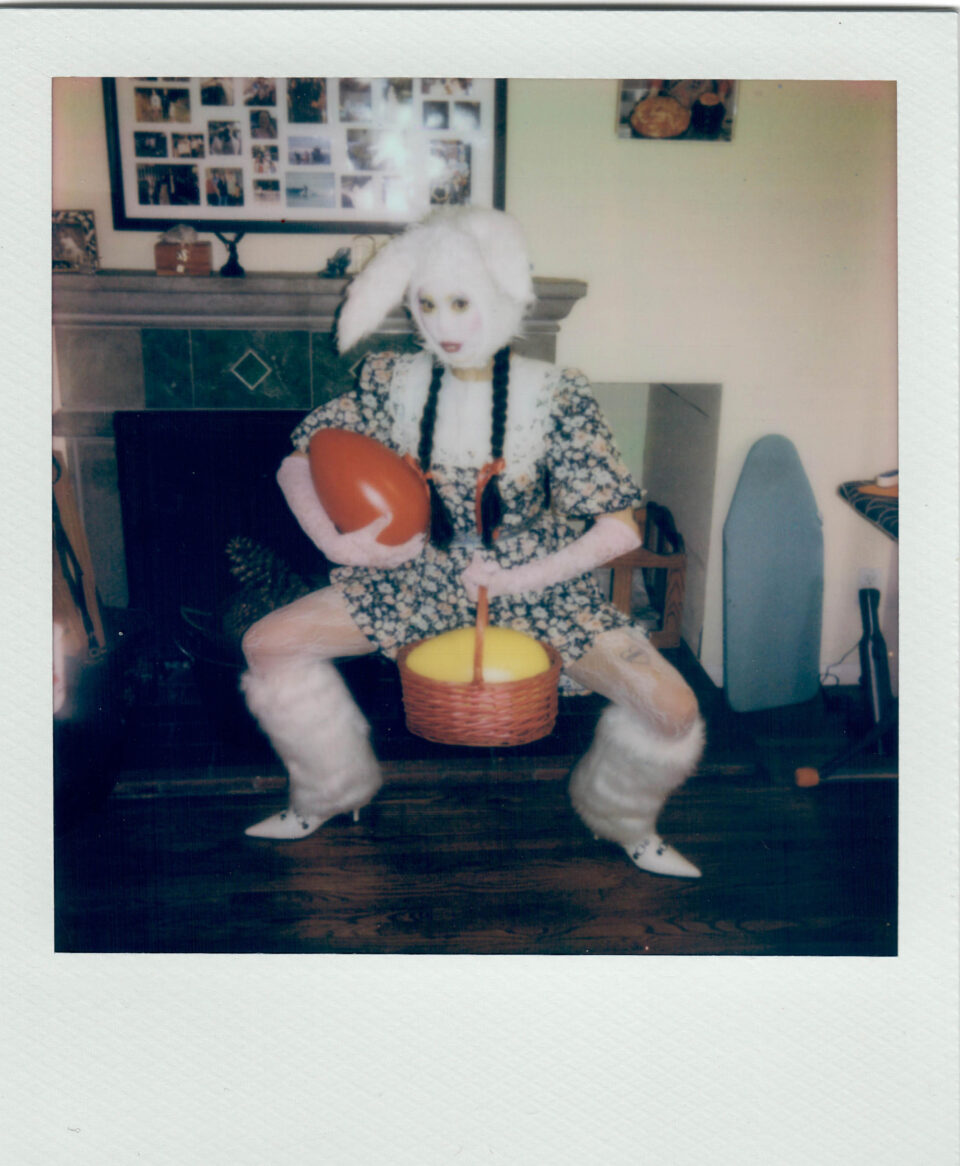
“Putting on a costume and putting on a show, it’s less about me and my physical body and more about inviting people to feel embodied at the show.”
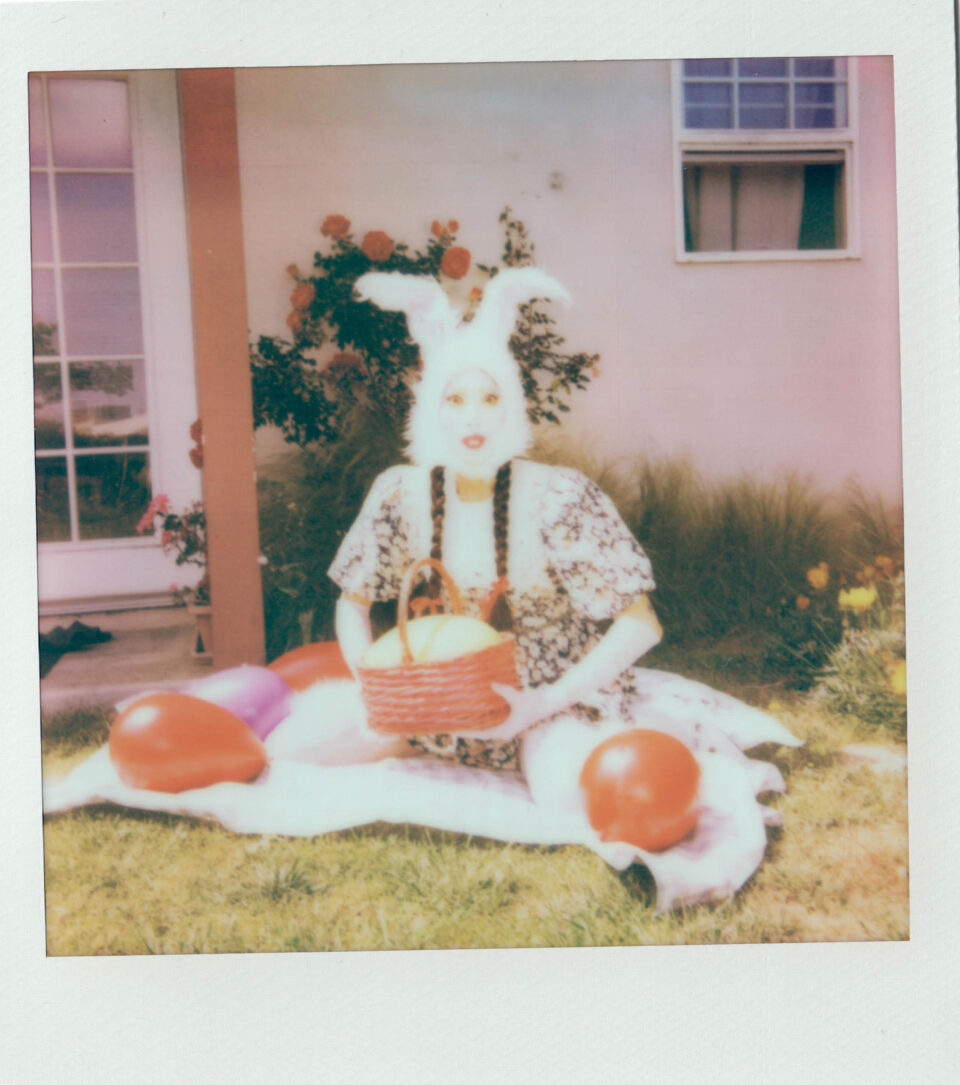
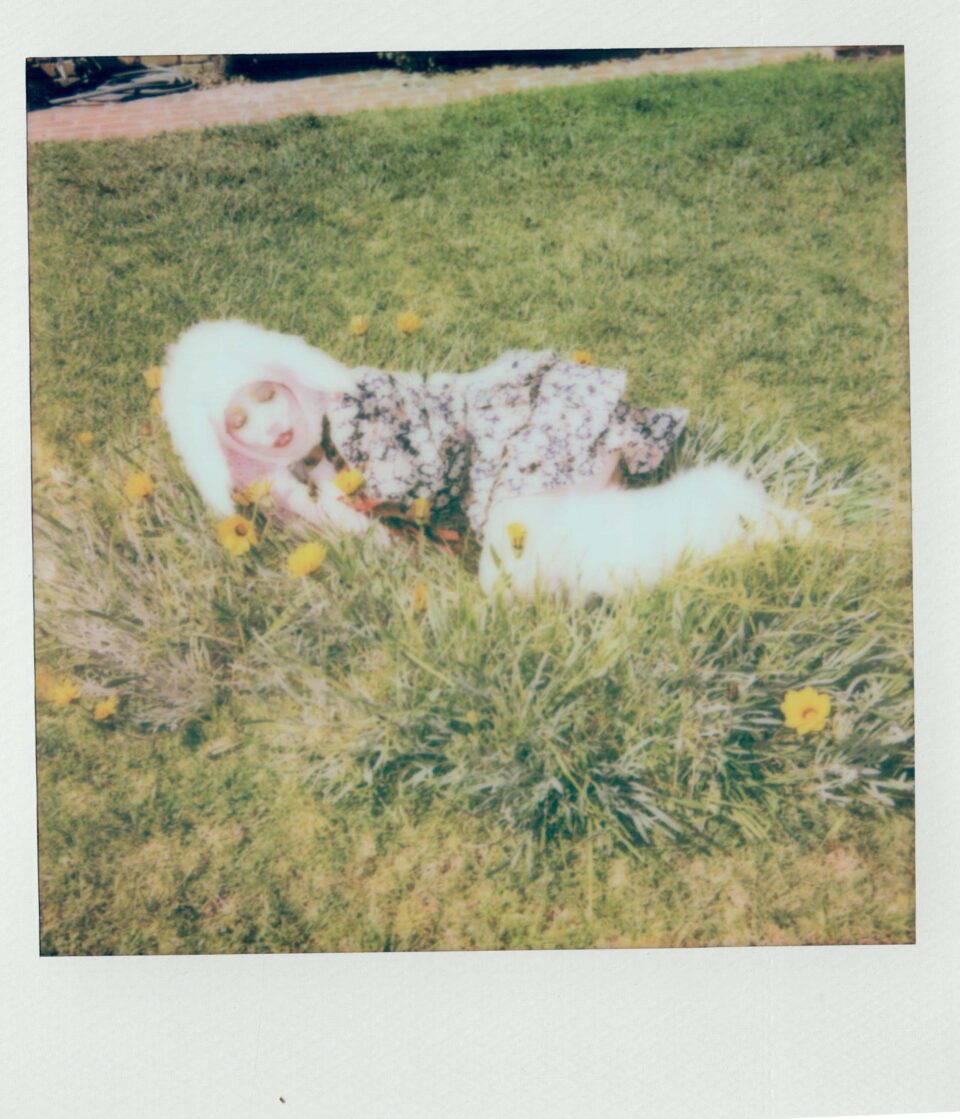
The link to Rostam came through HAIM, when Sasami was rehearsing with the group as a stand-in for Alana during Licorice Pizza’s filming. Schoolmates from their time at Los Angeles County High School of the Arts, many of Sasami’s close friendships are with her contemporary creatives: the Haim sisters, Mitski, Vagabon’s Laetitia Tamko. Sasami still jumps into other bands when needed. “It’s fun not to be the frontperson,” she says. “I’m mainly in this boss position where I’m hiring people. I miss collaboration. Don’t be shocked if I start another band soon.” After Squeeze, Yeule asked Sasami to join their band as guitarist. She agreed—on the condition that she could open the tour, too. This kind of double duty is familiar to her. On the Blood on the Silver Screen tour, she’s acting as her own tour manager.
“Blue-collar musician” is a phrase Sasami uses often. It speaks to how humble and grounded she is while at the same time motivating her to work hard. “I have a skill set, which is that I understand music,” she says. “It’s the language I feel the most fluent in. I have an interest in learning new genres and new languages. I like to challenge myself to do it, almost like a practice. And I’ll keep doing it, basically until I can’t make money doing it, and then I’ll get a new job. It’s all about the action of doing it. It’s all about making the songs, recording them, and touring them. It’s never about some conceptual thing. It’s very much a physical thing I have to do.”
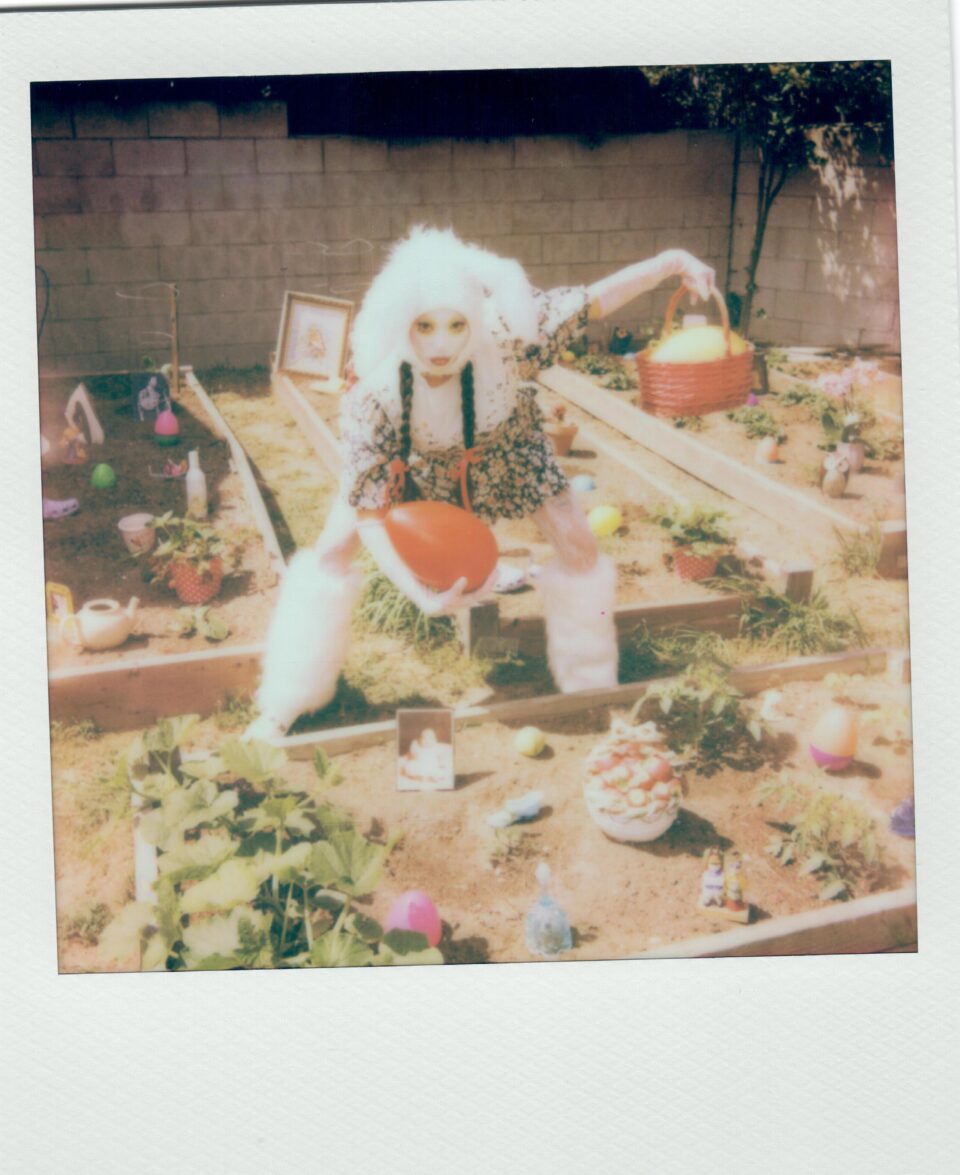
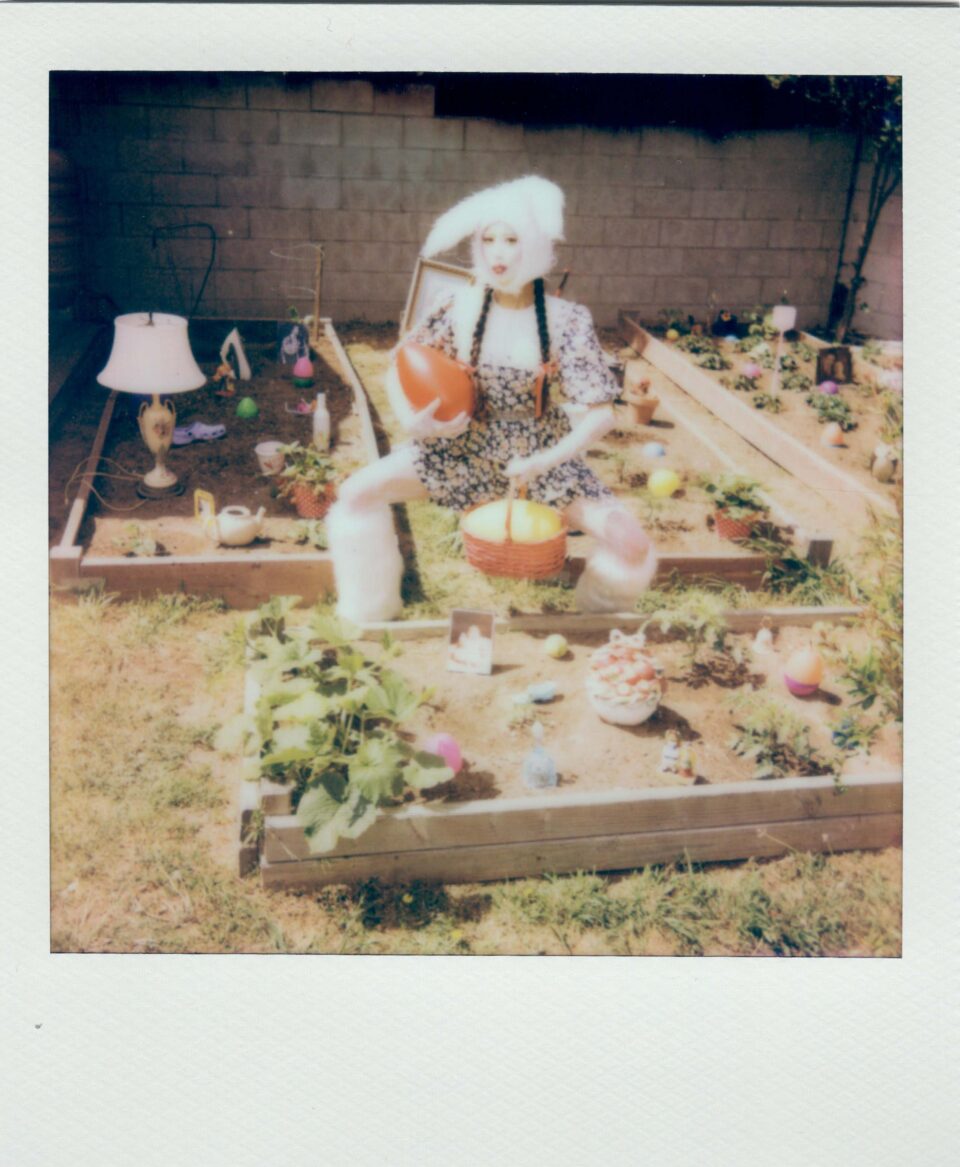
Sasami has shifted into a more overtly sexual phase as of late, which she says is more aligned with “normal human trajectory” than related to her music. “I didn’t feel comfortable in my skin until more recently,” she shares. “It’s just a natural progression. To me, the art is a performance, so I’m in character and that makes me feel a little safer. Putting on a costume and putting on a show, it’s less about me and my physical body and more about inviting people to feel embodied at the show.” Whether she’s channeling a nu-metal sorceress during the Squeeze era or a pop princess during her current BOSS era, her performances are fully inhabited. She quotes Kim Gordon: “People pay to see others believe in themselves.”
Sasami understands this on a cellular level. “People go to a show to have permission to feel some type of way,” she says. “The last thing you want to see is someone on stage who’s not sure they believe in themself. It’s like going to a cult where the cult leader doesn’t drink the juice first. I want to create a space where people can have a somatic experience. I have to also have a somatic experience. Otherwise, why would someone else? When I go up there, I’m going to give it my all so that everyone else there can let go, too. That’s my goal.” FL

